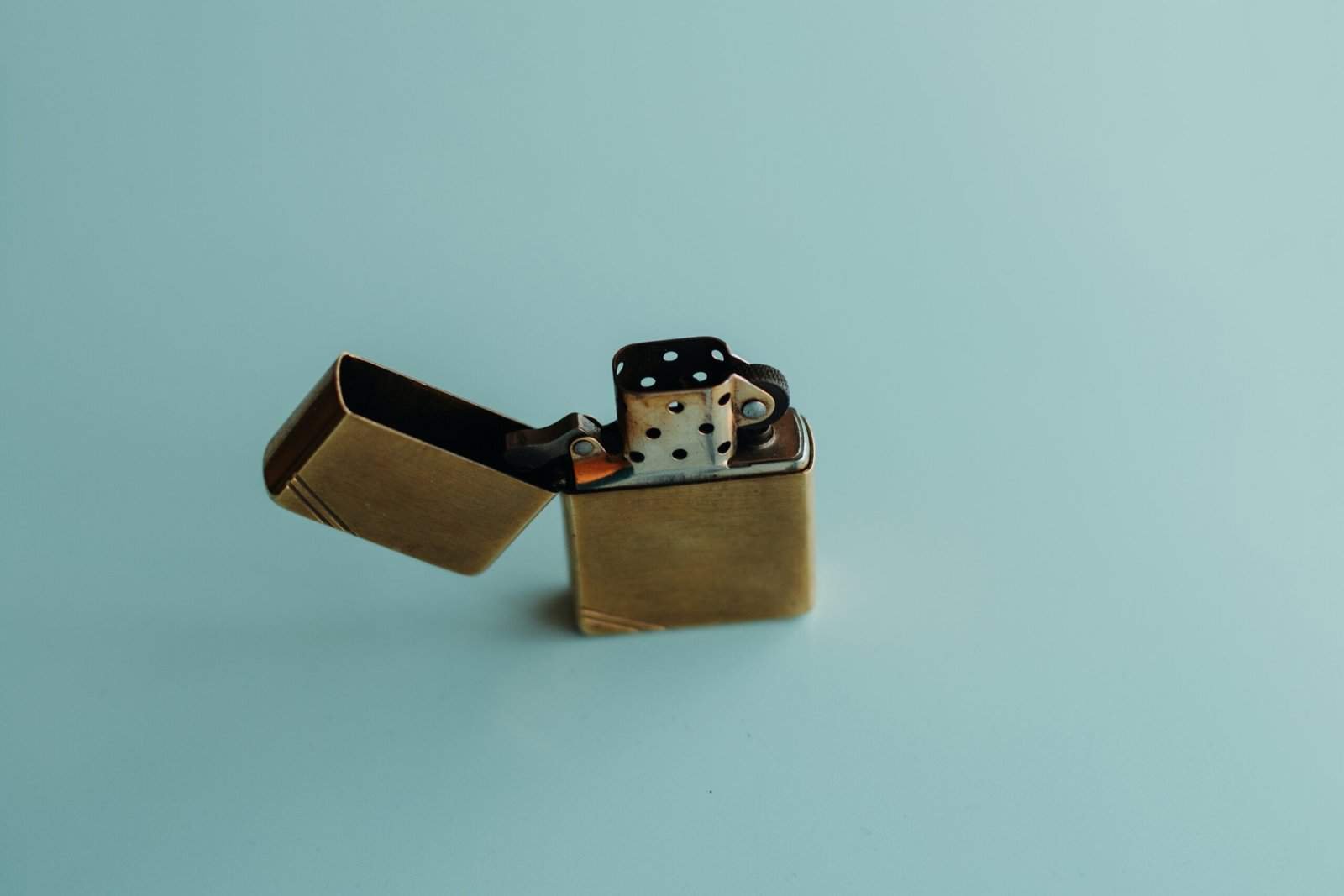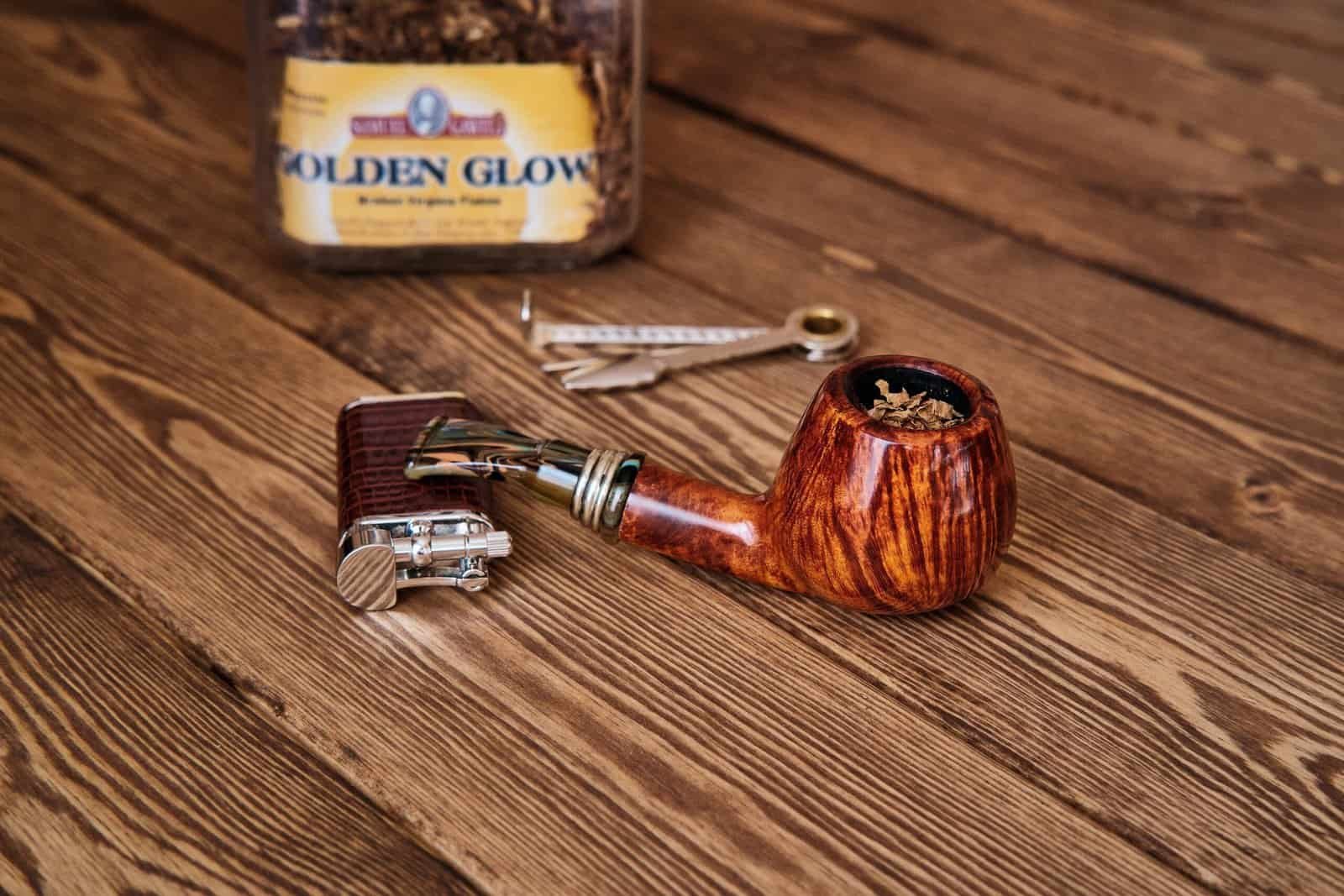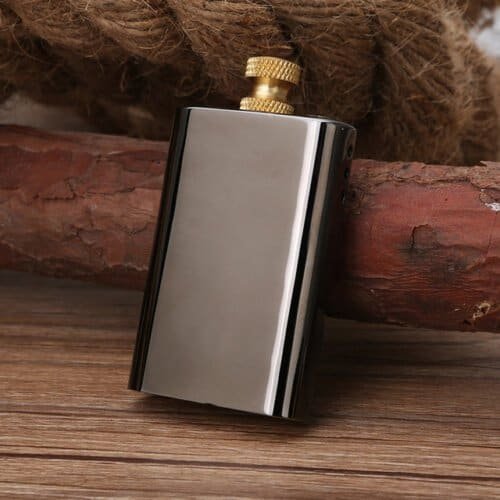Facing the raw power of nature’s extremes, from the icy grip of arctic frosts to the relentless downpour of tropical storms, the significance of a simple flame escalates from convenience to critical survival necessity. In these moments, the technology behind fire-starting tools is propelled into the spotlight, with permanent matches emerging as unsung heroes. These compact, durable devices, designed to defy the odds and deliver fire on demand, embody resilience and resourcefulness. This article ventures into the heart of extreme conditions, where the capability to kindle fire transcends traditional methods, spotlighting permanent matches as pivotal allies in the battle against the elements. Their story is not just about survival; it’s a narrative of human determination to harness and hold the ancient power of fire, no matter the adversities faced.
Quick Insight
Permanent matches, ingeniously crafted to serve as an enduring flame source, stand at the crossroads of survival and innovation. In the most unforgiving conditions, where every tool in one’s arsenal must perform flawlessly, permanent matches shine as exemplars of reliability. Their design—a clever amalgamation of a striker, fuel reservoir, and wick—ensures that they can be used repeatedly, a stark contrast to the single-use nature of traditional matches. This resilience against the elements, be it the drenching rains of the monsoon season or the frigid blasts of an alpine gale, positions permanent matches as indispensable for those who dare to venture into the wild’s heart. As we delve deeper into the capabilities and applications of these remarkable tools, it becomes evident that their value extends beyond mere utility; they symbolize the triumph of ingenuity over adversity, providing not just warmth and light but a spark of hope in the vastness of extreme environments.

Understanding the Mechanism
The mechanism of a permanent match is a marvel of simplicity and efficiency, ingeniously designed to ensure a reliable fire source in virtually any condition. At its core, this tool combines the age-old principle of friction-induced ignition with modern materials and design to create an endlessly reusable fire-starting solution. Let’s delve deeper into the components that make up a permanent match and how they work together to produce fire.
The Wick: The Heart of the Flame
Central to the permanent match’s design is the wick, typically made from a fibrous material capable of absorbing and holding the fuel. This wick extends into the fuel chamber, drawing the liquid fuel up by capillary action to the striking surface. Unlike traditional matches, where the ignition material is consumed, the wick in a permanent match serves as a durable medium for the flame, only burning superficially to produce fire without significant degradation over time.
The Fuel Chamber: Storing Energy
Encased within the permanent match’s body is the fuel chamber, a reservoir designed to hold a flammable liquid—commonly lighter fluid. This chamber is both the fuel source and the heart of the permanent match’s longevity, allowing it to be used thousands of times as long as the reservoir is kept filled. The choice of fuel, typically a volatile liquid, ensures that it vaporizes easily when exposed to air and ignites readily upon striking.
The Striker: Sparking Ignition
The striker component, often made from ferrocerium or a similar alloy, plays a critical role in the permanent match’s functionality. When the striker is rubbed against a rough surface, typically integrated into the side of the match’s body, it produces a shower of hot sparks. The high temperature of these sparks, combined with the flammable vapor from the fuel-soaked wick, results in ignition. The striker’s material is chosen for its ability to produce sparks even when wet, highlighting the permanent match’s versatility across conditions.
The Protective Case: Ensuring Durability
Surrounding the internal components is the protective case, often constructed from metal or another durable material. This case not only houses the wick and fuel chamber, safeguarding them from the elements, but also often incorporates the rough surface against which the striker is rubbed. This thoughtful integration of features into a compact, rugged design ensures that the permanent match can withstand the rigors of outdoor use, from drops and impacts to exposure to water and dust.
Advantages in Extreme Conditions
The unparalleled value of permanent matches in extreme conditions becomes evident when their performance is scrutinized against the backdrop of the harshest environments Earth has to offer. Their design and functionality afford them a set of advantages that make them indispensable for survival and outdoor activities under challenging conditions.
Resilience to Moisture
One of the standout features of permanent matches is their exceptional resilience to moisture. Traditional matches are rendered useless once wet, and even some mechanical fire-starting tools can falter in damp conditions. Permanent matches, however, thanks to their fuel-based design and protective casing, can operate effectively even when exposed to rain, snow, or high humidity. This moisture resistance ensures that a reliable fire source is available in environments where other methods might fail.
Wind Resistance
Wind poses a significant challenge to fire starting, often extinguishing sparks or flames before they can be used to ignite a tinder. Permanent matches, with their focused and protected ignition point, are less susceptible to wind. The design allows the user to shield the flame within their hands or against a surface immediately after ignition, providing a crucial window to transfer the flame to a tinder source without being snuffed out by the wind.
Cold Weather Performance
Cold weather presents a dual challenge for fire starting: it can reduce the effectiveness of the user’s dexterity and impact the chemical reactions necessary for combustion. Permanent matches, requiring only a simple strike to ignite, demand minimal fine motor skills and exertion, making them user-friendly even with gloved hands or in the face of numbing cold. Moreover, the ferrocerium striker and flammable liquid fuel ensure that, once ignited, the flame is hot and robust enough to catch even in sub-zero temperatures.
Durability and Longevity
In extreme conditions, the durability and longevity of survival equipment are tested to their limits. Permanent matches are designed to withstand rigorous use, with their sturdy construction and the ability to be refilled and reused thousands of times. Unlike disposable lighters or single-use matches, a permanent match can be a lifelong companion on countless adventures, provided its fuel is replenished and its components are maintained.
Compact and Lightweight Design
The efficiency of packing is paramount in extreme conditions, where every ounce and cubic inch counts. Permanent matches are compact and lightweight, easily fitting into an emergency kit, pocket, or attached to a keychain without adding significant bulk or weight. This portability ensures that they can be carried effortlessly across all terrains and conditions, making them a readily accessible fire-starting solution at all times.

Practical Applications
The practical applications of permanent matches are as varied as the environments and situations in which they can be a lifesaver. Their unique properties make them not just a tool for fire starting, but a multi-faceted instrument tailored for a range of uses in extreme conditions and beyond. Here, we delve deeper into the real-world scenarios where permanent matches prove invaluable.
Emergency Warmth and Hypothermia Prevention
In survival situations, particularly in cold or wet environments, the ability to start a fire quickly can be the difference between life and death. Permanent matches enable the rapid ignition of tinder, providing essential warmth and the means to prevent hypothermia. Their reliability in adverse conditions ensures that when warmth is needed most, it can be achieved.
Water Purification
Access to clean drinking water is a critical need in the wild. Boiling water is one of the most effective methods to purify it, killing pathogens that can cause illness. Permanent matches facilitate the ignition of fires under conditions where other fire-starting tools might falter, ensuring that water can be boiled and made safe for drinking, regardless of the weather or environment.
Food Preparation
For those venturing into the wilderness for extended periods, the ability to cook or heat food is a comfort and a necessity for maintaining energy levels. The durable flame produced by permanent matches allows for the reliable operation of portable stoves or the lighting of campfires, making food preparation feasible even in challenging conditions.
Signaling for Rescue
In emergency scenarios where rescue is needed, a fire can serve as a powerful signal to search and rescue teams. The bright flame and smoke generated by a fire can be seen from great distances, significantly increasing the chances of being found. Permanent matches, with their ability to function in wet and windy conditions, are indispensable for lighting signal fires quickly.
Outdoor Recreation
Beyond survival, permanent matches are a convenient tool for outdoor recreation, including camping, hiking, and backpacking. They offer a dependable method for lighting campfires, stoves, or lanterns, enhancing the outdoor experience by providing light, warmth, and the means to cook.
Crafting and Tool Maintenance
In more settled conditions, the precise flame from a permanent match can be used for tasks such as melting paracord ends or performing minor repairs on gear. This precision makes permanent matches a useful tool for a wide range of crafting and maintenance tasks, where controlled heat is required.
Maximizing Usage
Maximizing the usage of permanent matches involves more than just knowing how to strike a flame. It’s about understanding their full potential and incorporating them effectively into your survival strategy, outdoor adventures, and emergency preparedness plans. Here, we delve deeper into the nuances of getting the most out of your permanent matches through proper care, efficient techniques, and innovative applications.
Optimal Striking Techniques
Angle and Pressure: Mastering the optimal angle (usually between 45 to 60 degrees) and applying consistent pressure while striking can significantly increase your success rate in igniting the wick. Practice this technique to become adept at producing a flame quickly and with minimal effort.
Protecting the Wick: After igniting, ensure the wick burns only briefly to light your tinder or stove, then extinguish it promptly to preserve its length and integrity. This conserves the wick and fuel, extending the overall lifespan of your permanent match.
Fuel Management permanent match
Choosing the Right Fuel: While lighter fluid is commonly used, not all fuels are created equal. Research and select a fuel that offers a good balance between longevity, volatility, and safety. High-quality naphtha-based lighter fluids are often recommended for their efficiency and clean burn.
Regular Refueling: Keep track of fuel levels in your permanent match and refuel it before it runs completely dry. This not only ensures it’s ready for use when needed but also prevents damage to the wick from attempting to light it without sufficient fuel.
Maintenance and Care
Cleaning the Striker: Over time, the striker can accumulate grime or corrosion, which may impede its ability to produce sparks. Clean it gently with a soft brush or cloth to maintain its effectiveness. If corrosion is present, a bit of fine-grit sandpaper can be used to restore its surface.
Wick Maintenance: Periodically check the wick for damage or excessive char. If the wick becomes too charred, trim it slightly to expose fresh fibers. This maintains the efficiency of the flame production and ensures the wick can absorb fuel effectively.
Safety Precautions
Fuel Handling: Always refill your permanent match in a well-ventilated area, away from open flames or sources of heat. Ensure the match is completely extinguished and cooled before refueling to prevent accidents.
Secure Storage: When not in use, store your permanent match in a secure, dry place out of reach of children or pets. Consider using a protective case or pouch to prevent accidental strikes or damage.
Creative Applications
Emergency Lighting: Beyond just starting fires, a permanent match can serve as an emergency light source in a pinch. The flame can be used to briefly illuminate dark paths, read maps, or signal in Morse code during night-time emergencies.
Sterilization Tool: In survival situations, the ability to sterilize small tools or needles can be crucial. The flame from a permanent match can be used to sterilize metal objects, aiding in minor medical procedures or gear repair.
Maximizing the usage of permanent matches is about leveraging their reliability and versatility to enhance your readiness for any situation. By mastering effective techniques, maintaining the tool diligently, and exploring innovative uses, your permanent match can become an invaluable ally in the wilderness and beyond, embodying preparedness and resilience in the face of adversity.

FAQ
Q1: How long can the fuel in a permanent match last before needing a refill?
A: The duration before needing a refill depends on the frequency of use and the size of the fuel reservoir. Generally, with moderate use, the fuel can last several weeks to months. Regularly check the fuel level, especially before embarking on outdoor activities or placing it in an emergency kit.
Q2: Is it safe to carry a permanent match on a flight?
A: Regulations regarding flammable items vary by airline and jurisdiction. Generally, permanent matches without fuel might be allowed in checked luggage, but it’s best to consult with the airline and review current regulations to ensure compliance.
Q3: Can I replace the wick in my permanent match if it becomes too short or damaged?
A: Yes, many permanent matches are designed with replaceable wicks. Check the manufacturer’s instructions for the specific model you have. Replacement involves removing the old wick and threading a new one into the fuel chamber.
Q4: Are permanent matches waterproof?
A: Permanent matches are highly resistant to moisture, especially when the cap is securely fastened. However, the striker area needs to be dry to produce sparks effectively. If your permanent match gets wet, dry it thoroughly before use.
Q5: Can I use any type of lighter fluid as fuel for my permanent match?
A: While most standard lighter fluids are compatible, it’s important to use clean, high-quality fuel to ensure optimal performance and prevent clogging or damage. Consult your permanent match’s user manual for recommended fuel types.
Q6: Can I carry my permanent match in my pocket safely?
A: Carrying a permanent match in your pocket is generally safe, especially if it has a secure cap and a robust design to prevent accidental strikes. However, for added safety, consider using a protective pouch or container, and always ensure the match is extinguished and cooled before storing it close to your body.
Q7: How do I properly dispose of an old permanent match?
A: Disposal depends on the materials used in your permanent match. Metal components can often be recycled. Ensure that all fuel is used up or properly evaporated (in a well-ventilated, safe area away from flames) before disposal. Check with local waste management services for guidelines on disposing of items containing residual flammable liquids.
Q8: Can permanent matches be used in high-altitude environments?
A: Yes, permanent matches are effective at high altitudes, where reduced oxygen levels can make other fire-starting methods less reliable. Their self-contained ignition mechanism makes them a preferred choice for mountaineers and high-altitude adventurers.
Conclusion
In conclusion, permanent matches offer a reliable, durable solution for fire-starting needs across a wide range of conditions, standing out for their ease of use and sustainability. Regular maintenance, proper fuel handling, and understanding their operation are key to maximizing their lifespan and effectiveness. Whether for outdoor adventures, emergency preparedness, or daily use, integrating a permanent match into your kit ensures you’re equipped with a versatile, dependable tool for igniting fire whenever needed. Embracing the practicality and resilience of permanent matches not only enhances your readiness but also aligns with a commitment to self-reliance and preparedness in facing the challenges of the wild and beyond.

